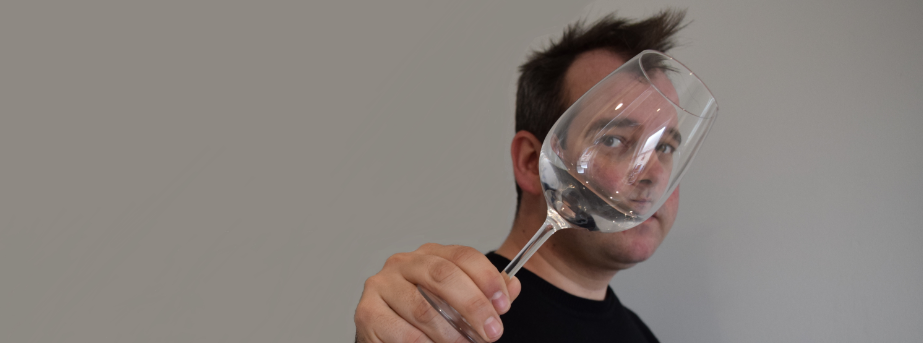


Wine Column by Darren Willmott of www.vinesight.me
The triggering of Brexit has finally begun and the implications on the pound, the markets and our trade deals are all still unknown quantities. With the majority of our favourite wines coming from within Europe there will undoubtedly be some impact on pricing.
Several years of austerity have already made us tighten our belts and become increasingly price-conscious, so it may seem odd if I suggest that you should perhaps want to pay more for a bottle of wine.
No, I don’t mean arbitrarily handing over more money than you need to the cashier and, with care-free flair, telling them they can “keep the change”, but in much the way that the craft movement has thrown open the beer market and moved many people away from larger mass produced brands, people are increasingly aware that sometimes paying slightly more can mean a lot extra in terms of quality.
Quick question: When you buy a bottle of wine, how much of that cost actually goes towards the quality of what you are drinking? 100%, 50%, 10%?
If you don’t know, read on!
A bottle of wine costing £5.39
£5.39 is a fairly specific amount, but that’s the average cost for a bottle of wine in the UK*. The first slice of the bottle price goes to the retailer who would expect to make something like 22-25% of the value as their profit. The next big slice of the pie goes to the government who will take a fixed amount of excise duty (currently £2.16) as well as VAT at 17.5%.
Once you factor in the packaging costs (labels, corks/screwcaps) and logistics of getting the bottle on to the shelves in the first place, the amount left spent on the actual quality of the wine is a mere 60p.
Yes, that’s right, just 11% of the bottle price goes on the actual wine whilst the government take nearly 60% of your money for themselves. Boo!
A bottle of wine costing £7.50
If you trade up slightly to a £7.50 bottle of wine, what do you get for your extra £2.11?
Well the good news is that most of it goes on the wine itself. As the packaging and logistics costs are exactly the same regardless of the wine inside, and the fixed excise duty doesn’t change, the only percentage increases are the extra VAT and retailer margin.
What this means is that now you are actually paying £1.50 on the contents of the bottle, so well on the way to three times the quality for not much extra cost.
The extra money spent on wine quality allows the winemaker to shun bulk production methods (which can see stalks, vine canes and even insects go in to the vats) and be more selective about what grapes they include. In the long term it can lead to them buying better equipment to produce and mature their wines.
Excluding prestige brands, which can cost fifty times the price and not be fifty times the quality, the good news is that this carries on up to scale.
If you’re feeling flush and spending £20 on a bottle of wine, you’re still paying the fixed excise duty and packing/logistics costs and, consequently, a lot more for the contents of the bottle. Cheers!
Note: Of course it is absolutely possible to find £5 bottles of wine that shine for the price, and sometimes they just need rooting out. Head on over to my website vinesight.me if you want some help locating one.
* Source: Bibendum